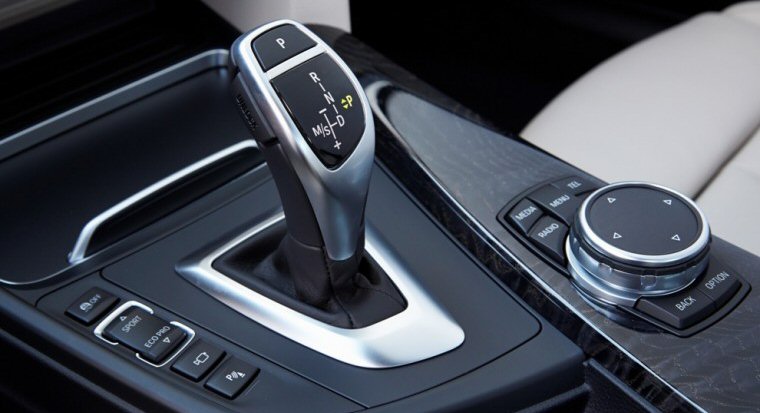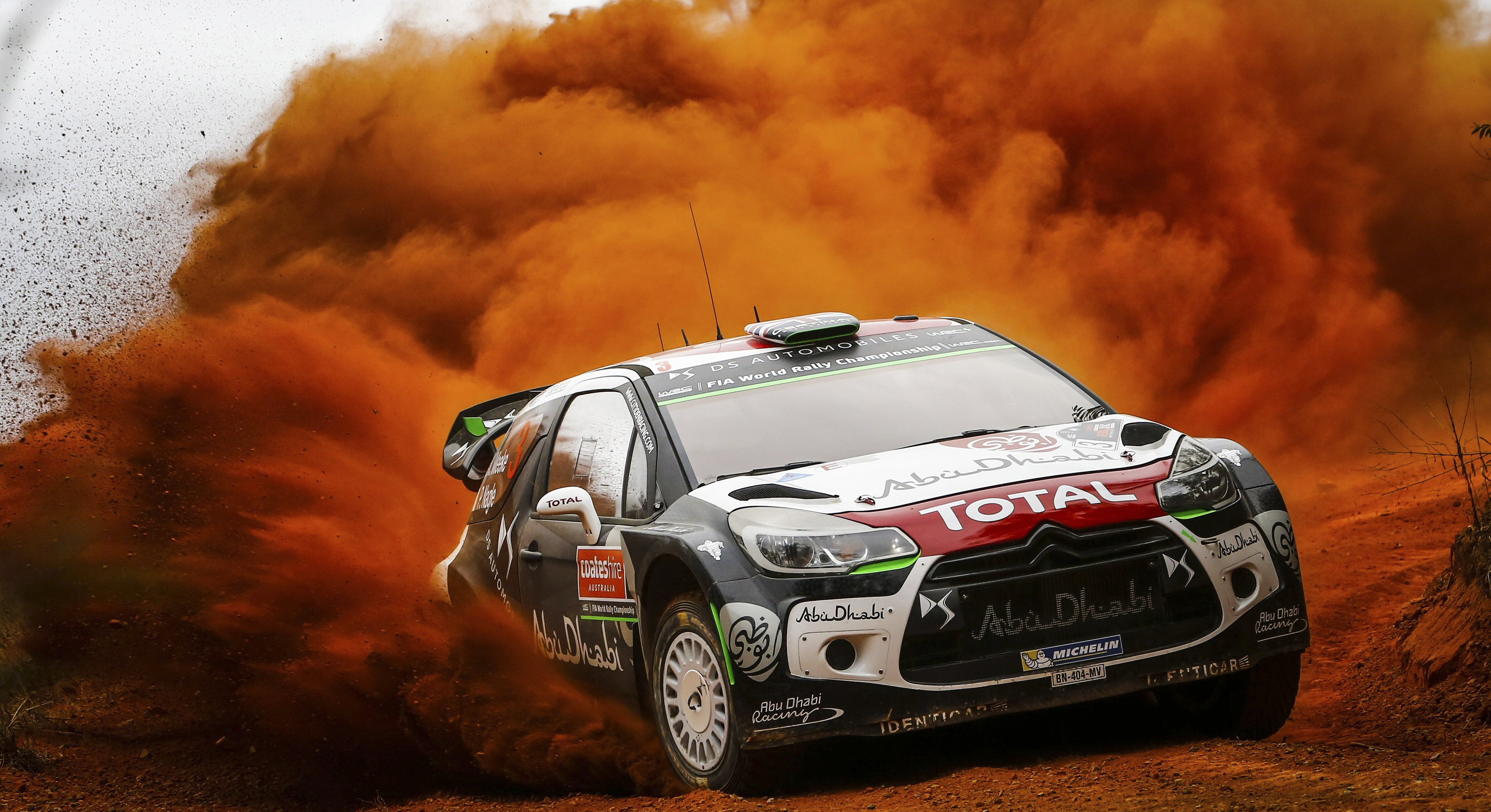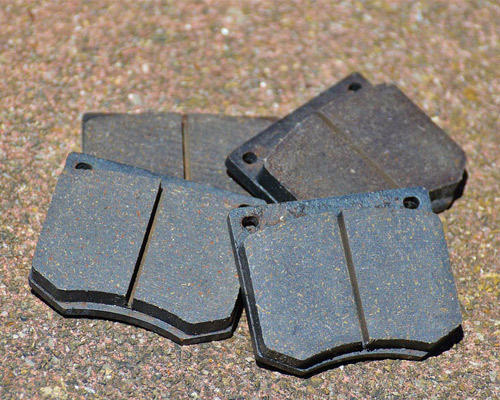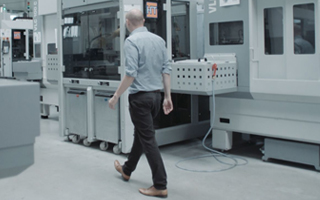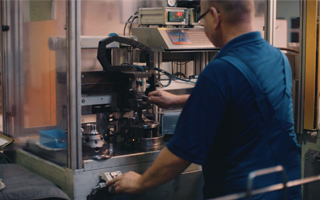How Does A Differential Work?
Petrolheads love their terminology. Manifold, torque, differential. Enthusiasts use these terms with great abandon whilst the average motorist nods along with very little idea of what’s being discussed.
If you’re a fan of Top Gear or its mega budget rival: The Grand Tour, you might recognise the expression ‘limited slip diff’. You’re probably aware this is a positive thing and used on high performance vehicles, but maybe aren’t exactly sure why.
To get us all up to speed, let’s begin by first explaining what a differential actually is.
WHAT IS A DIFFERENTIAL?
Simply put, a differential is a system that transmits an engine’s torque to the wheels. The differential takes the power from the engine and splits it, allowing the wheels to spin at different speeds.
At the point you might be asking, why would I want the wheels to spin at different speeds from each other?
If you’re a petrolhead, it’s probably painfully obvious. Then again, if you’re a petrolhead then you wouldn’t be reading an article explaining how a differential works.
It all comes down to basic physics.
Imagine a cardboard box car with milk bottle cap wheels threaded on to straw axels. You can roll it back and forth as much as you like. It will roll freely and smoothly.
Turn it around a corner and you’ll have no issues, as each wheel is able to turn independently from the other.
Now try gluing the wheels to the straw axle. You’ll notice that the wheels are now slipping and sliding across the floor as you try and turn. This is because each of the wheels has to travel a different distance but are locked together on one single axle.
Let’s ramp it up a notch. Imagine you’re trying to turn a 2 tonne vehicle at 60mph with these locked wheels. The wheels aren’t just going to skip across the road. They’re being pushed hard into the tarmac. These huge forces put an enormous strain on the entire structure of the vehicle.
You’ll struggle to turn at all, never mind smoothly and safely at high speeds.
Engineers had to think of a clever way of connecting the wheels to the power output of the engine, but allow each wheel to move at a different speed from the other.
HERE’S HOW IT WORKS
When you look at a complete modern differential – it looks incredibly complicated.
However, when you break it down systematically and understand the fundamentals of what it’s trying to achieve and how it’s trying to achieve it, you’ll notice that it really is quite a beautiful thing.
For a retro look at the differential, check out this video from Chevrolet motors.
Now we understand the fundamentals of a differential, or an ‘open differential’ in this case, let’s discuss a little more about a limited slip differential (LSD).
Imagine you’re on the track and you’re trying to power out of a tight bend at 50mph. All that power is going to go through the path of least resistance.
All the weight has been shifted to one side. All of that power is just going to spin the inside wheel, resulting in a huge amount of lost power or a spin and a huge crash.
The LSD exists to minimise this drive loss. A clutch system provides friction to each side of the axle, allowing the car to redistribute torque to each wheel, allowing you to get as much power down as necessary. If you’re skilled behind the wheel, you’ll even be able to control the car through a bend using nothing but power.
As we’re sure you can imagine: the entire differential mechanism has to cope with huge amount of force which is just one reason why those components are made from the strongest materials possible. Not straws and milk bottle caps.
Differentials need to be extremely durable. When cars were slower and less demanding, you could get away with using cheaper metals. This simply isn’t the case anymore.
Even the most basic of vehicles today can drive comfortably at over 90mph and are capable at taking a corner safely at relatively high speeds. High quality components aren’t reserved for the race track anymore.


